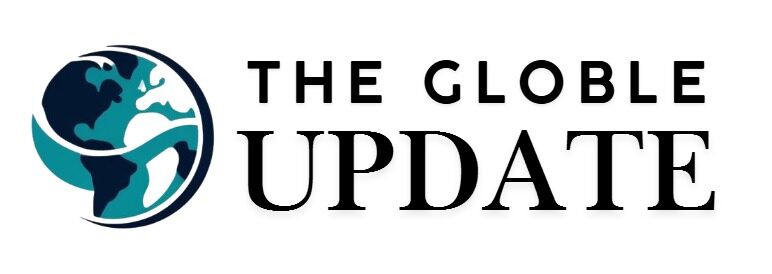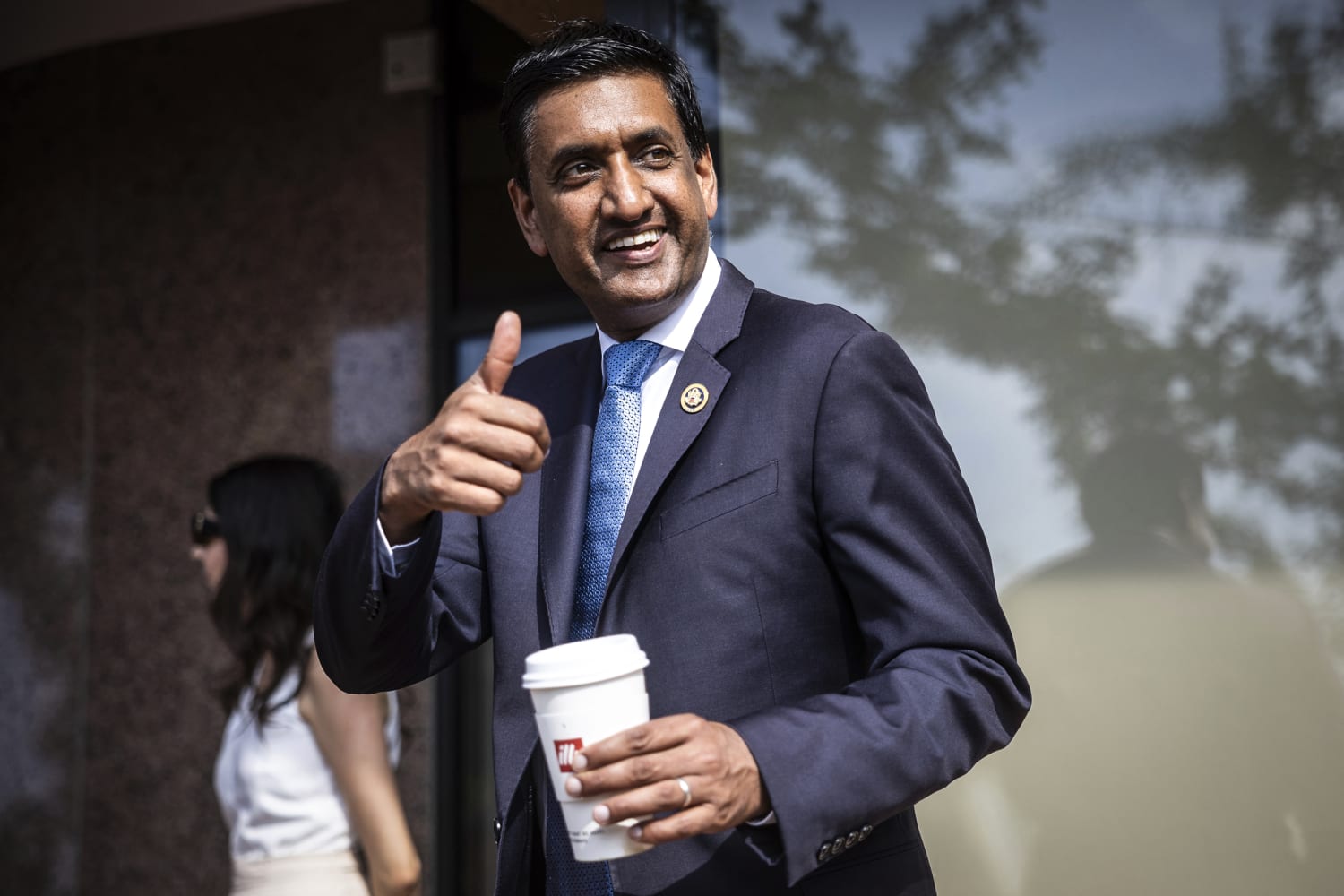Meta Description:
Learn how Rep. Ro Khanna quietly shaped the historic 427-1 vote to release the Epstein files and why this moment became a major turning point in today’s political landscape.
When the House voted 427-1 to release the Jeffrey Epstein files, the reaction was immediate. Survivors applauded, lawmakers across parties stood together, and even seasoned political observers were surprised by the scale of support. Yet behind this overwhelming vote was a strategy shaped by one man: Rep. Ro Khanna. His approach, patience, and ability to work with both sides turned a low-odds effort into one of the most talked-about victories of the year.
Khanna didn’t stand at the center seeking attention. While others argued, celebrated, or criticized, he maintained a steady focus on the issue of transparency, the main theme that guided his moves throughout the process. His efforts show how quiet leadership can sometimes have the loudest impact.
How Khanna Built Momentum

Khanna represents Silicon Valley, but this fight was not about tech or politics as usual. For him, the Epstein files symbolized something deeper — the unchecked power of a wealthy class that had operated for years without accountability.
But his mission intensified when he met survivors in person. Their pain, stories, and long wait for truth made the issue personal for him. He admitted he wished he had acted sooner.
Working with Republican Rep. Thomas Massie, Khanna slowly built support. Massie openly said that at the beginning, their chances of success were barely “4 percent.” But Khanna understood something many miss in Washington — change sometimes begins with unlikely alliances.
Unlikely Partnerships That Changed Everything
One thing that made this vote stand out was the unusual mix of lawmakers supporting it. Khanna worked closely with Rep. Marjorie Taylor Greene, someone he barely knew but never attacked publicly. This small detail helped open communication when it mattered most.
He even helped Rep. Lauren Boebert sign the discharge petition without waiting in line, after hearing she would support it if the process was quick. These small strategic moves showed how Khanna used timing and respect to pull people in rather than push them away.
His network — which includes voices from across the political spectrum — helped keep attention on the bill. Even former President Obama, who still follows Khanna’s work, understands his value in reaching varied audiences.
Comparison: Traditional Politics vs. Khanna’s Approach
| Typical Partisan Strategy | Ro Khanna’s Strategy |
|---|---|
| Focuses on party loyalty | Focuses on issue-based teamwork |
| Limited communication with opponents | Open communication with all sides |
| Slow movement on sensitive issues | Fast action through unusual alliances |
| Messaging stays inside the party | Messaging reaches every audience |
Why This Vote Could Shape Khanna’s Future

For years, critics claimed Khanna was good at ideas but not action. This vote changed that. The overwhelming majority proved that he could deliver concrete results on a national stage.
Khanna believes this moment is a proof of concept for the future. He argues that Democrats should not rely only on opposing Trump. Instead, they should focus on building long-term, broad coalitions — even winning over voters who once leaned toward MAGA.
His next goals include limiting private equity from buying single-family homes, exploring Medicare expansion starting at age 55, and revisiting defense budget cuts. He even supports a tax aimed at the billionaire class, which he now calls the “Epstein class.”
What This Moment Says About Politics Today
The 427-1 vote was more than a legislative win. It showed what can happen when leaders put survivors first, drop the political noise, and concentrate on truth. It showed how working across party lines can lead to outcomes once thought impossible.
Most importantly, it proved that quiet, steady leadership still has a place in American politics.
Ro Khanna may not have been the loudest voice in the room, but in the end, his approach helped deliver one of the most unified and meaningful votes in recent history.




